|
Japanese Painting
The first known Japanese painting dates to 5,000 B.C. The primary pursuit of traditional Japanese painting is not to reproduce an exact copy of nature but rather to grasp an emotion to catch the feel and rhythm of nature. Traditional Japanese painting can best be described as “abstract minimalist”, using simple non complicated images the represent real life.
Japanese painting uses blurred lines, contours disappearing into the mist, and impressionistic forms. In line with Zen and Buddhist beliefs, emphasis is placed on the spiritual qualities of the painting and on the inner harmony of man and nature.
 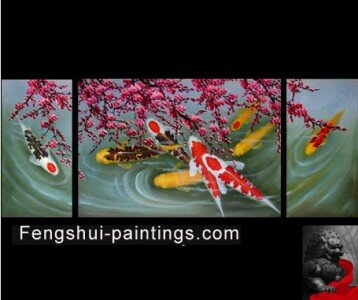 
  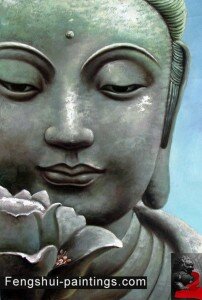
The traditional Japanese Painting style involves the same techniques as calligraphy and is done with a brush, black or colored ink and silk or rice paper, oils were not used. The finished work is then mounted on scrolls.
Over thousands of years a number of techniques were added to the traditional styles, including more sophisticated perspective to build up a vivid depth effect.
The first landscape paintings of Europe emerged after the 17th century, leading many scholars to believe that the first landscape paintings in the world originated in Asia.
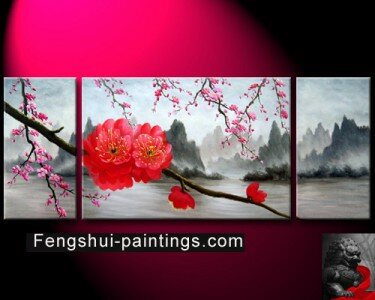  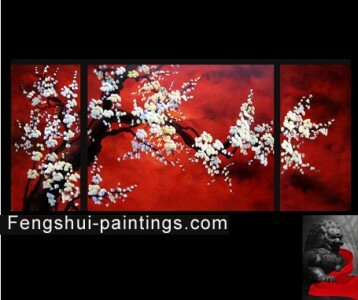
 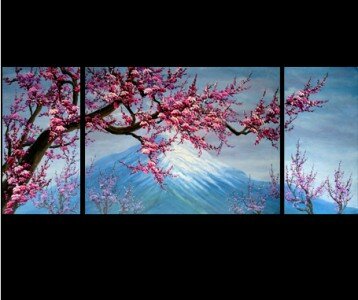 
Calligraphy Japanese Paintings
The Japanese writing system uses symbols to represent words similar to Egyptian Hieroglyphics. There are no letters as in the traditional Western writing forms. The technique of using calligraphy to produce Japanese paintings has been in use for over 3000 years and continues to this day.
Although it uses words, Japanese Paintings using calligraphy, is an abstract art. In ancient Japan calligraphy was the most highly appreciated art form. Japanese Paintings using calligraphy was thought to be the highest and the most refined form of East Asian painting. Original Japanese Paintings by famous calligraphers have been greatly valued throughout history and are mounted on scrolls.
The traditional and current tools for Japanese Paintings with calligraphy are the brush, made of animal hair, black inks, made from pine soot, and silk canvas or rice paper.
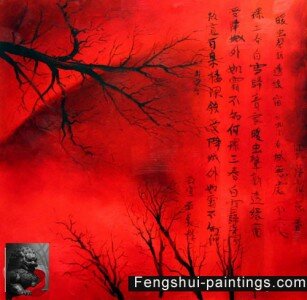 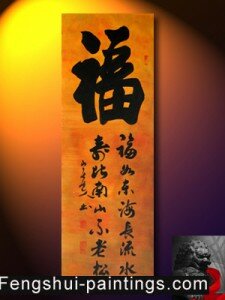 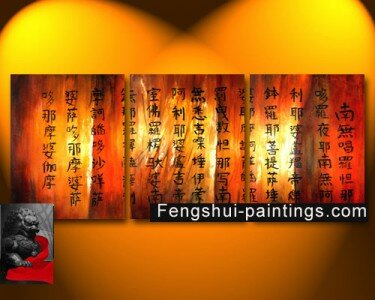
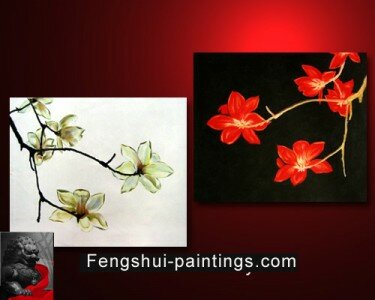  
  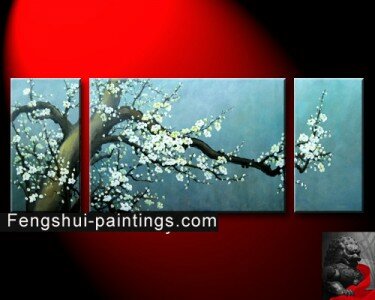
|
 Loading... Please wait...
Loading... Please wait...
 Loading... Please wait...
Loading... Please wait...